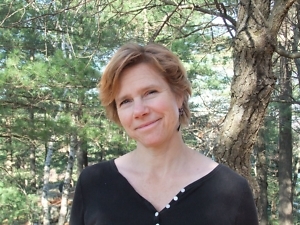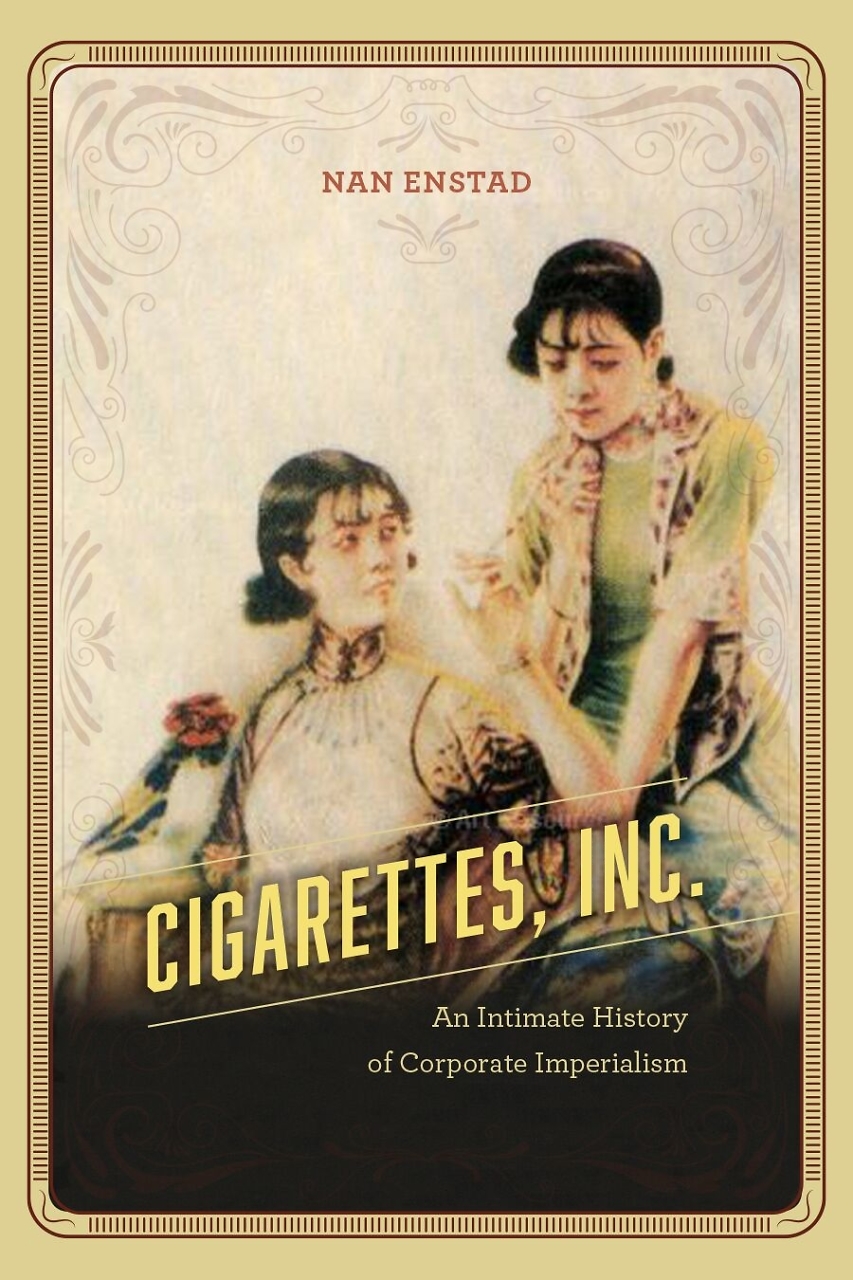A House that Binds
In Angela Flournoy’s first novel, members of a large Detroit clan clash and thrive in a city under stress
Angela Flournoy’s debut novel, The Turner House, introduces a robust and resilient family with thirteen children beset by romantic and financial maladies, plus a host of addictions ranging from flea-market shopping to gambling. The Turners also have a ghost.

It’s 2008, and the family’s East Side Detroit neighborhood has succumbed to blight. The house on Yarrow Street, home to the Turners for more than fifty years, has been vacant for months—the ailing widow, Viola Turner, has departed to her oldest son’s home in the suburbs, and now the house is worth much less than the family still owes. Lelah, youngest of the siblings and a gambling addict, sneaks back into the empty dwelling after an eviction, and Cha-Cha, the oldest, is afflicted by renewed visits from a haint he first confronted in the Turner house at the age of fourteen.
Though most of the action takes place in 2008, the story begins in Arkansas in 1944, when Francis Turner leaves Viola and Cha-Cha to escape Jim Crow and find a living in the North. The Turners are ultimately united in Detroit, travelers in The Great Migration. Flournoy, whose father is a Detroit native, grew up in Southern California but draws a convincing and gritty picture of the city in the throes of auto-industry collapse and white flight. When Cha-Cha decides to go home “for real,” he parks near an abandoned primary school and a basketball court where grass clumps “the size of human heads” grow through blacktop: “The house next to his mother’s was long gone, so Cha-Cha could see the side and back of the Yarrow house clearly. The windows of the boys’, girls’, and parents’ rooms upstairs, the late-addition garage attachment, the verdant back alley. All of it worthless now.”
The Turner House was a National Book Award finalist and was named a best book of 2015 by Entertainment Weekly, NPR, and O, The Oprah Magazine. Flournoy recently answered questions from Chapter 16 via email:
Chapter 16: You introduce a ghost in the first paragraph of The Turner House, and the oldest of the thirteen Turner siblings grapples with the meaning of his encounter with the spirit. How did you decide to make the supernatural an element of the family’s history?
Angela Flournoy: I had heard stories about haints from older members of my family since I was a child. One thing that always struck me was how these stories were generally set in the South, despite the fact that the people relating them had lived in the North for decades. It was as if haints, and all of the Southern folklore that goes along with them, couldn’t exist in this new landscape. In my novel the haint is one of the ways that I try to explore the question of what is lost as a result of migration. In what ways are our beliefs, superstitions, and even our very language altered when we find ourselves in new surroundings?
Chapter 16: Though several of his siblings witnessed the “paranormal beatdown” Cha-Cha delivered when he was a teenager, he finds himself at the age of sixty-four debating with a therapist and his family about whether his ghost was a real presence. His troubled research leads him to Zora Neale Hurston’s luminous 1935 book on African-American folklore, Mules and Men, which includes a section on New Orleans describing Hurston’s initiation into the art of conjure. What drew you to Hurston’s anthropological work?
Flournoy: I first read Mules and Men in college and was drawn to the book because it was like no other book I’d read on a structural level. How many books include both folktales, jokes, and firsthand accounts of time spent with a spiritual practitioner? It was the first time I’d come across some of the idiomatic usages I’d heard my grandparents employ in conversation. As a lover of language, I find immense value in Hurston’s work.
 Chapter 16: Many of the children in the Turner family have a relationship with Detroit that’s almost as complicated as the relationship they have with their parents and siblings. They have some bitterness about its history, but they’re loyal and affectionate toward the city. How have Detroit readers responded?
Chapter 16: Many of the children in the Turner family have a relationship with Detroit that’s almost as complicated as the relationship they have with their parents and siblings. They have some bitterness about its history, but they’re loyal and affectionate toward the city. How have Detroit readers responded?
Flournoy: The response from Detroiters has been wonderful. I have read in and around Detroit several times in the past year, and each time I’m delighted by the diversity of the audience and their enthusiasm for my book, especially considering that I am not a native Detroiter.
Chapter 16: While the book is mostly situated in 2008, the oldest Turner siblings are a full generation older than the youngest in the family, giving your narrative a timeline that ranges from the 1940s through the 1967 riot before it finally reaches the Great Recession. How did the experience of your father, a Detroit native, influence your story?
Flournoy: My father moved from Detroit when he was seventeen years old. As such, many of his Detroit memories are crystallized in the ‘60s and ‘70s. He is full of great stories, some of which helped me imagine what the city felt like when it was heavily populated.
Chapter 16: You describe Lelah’s gambling addiction in vivid detail. What kind of research did you do to create the physical scene at a roulette table or the struggle inside Lelah’s head?
Flournoy: I wrote most of the gambling sections while living in Iowa City. The nearby Riverside Casino was a great place to sit and watch roulette players. I learned a lot about the importance of rituals and routines for some gamblers, information I used to create rituals for Lelah.
Chapter 16: The detailed family tree preceding The Turner House includes many characters never mentioned in the story—an invitation to speculation about a sequel. What can you tell readers about the novel you’re currently writing, which you’ve said in interviews will conclude in 2035?
Flournoy: It’s too early to say much more about the next book. I’m excited to focus on it more next year.
[This interview originally appeared on August 22, 2016.]

Peggy Burch was books editor at The Commercial Appeal in Memphis for ten years, and she also worked as a deputy metro editor and Arts & Entertainment editor for the newspaper. She is a graduate of the Newhouse School of Public Communications at Syracuse University and holds a master’s degree in English literature from the University of Mississippi.





